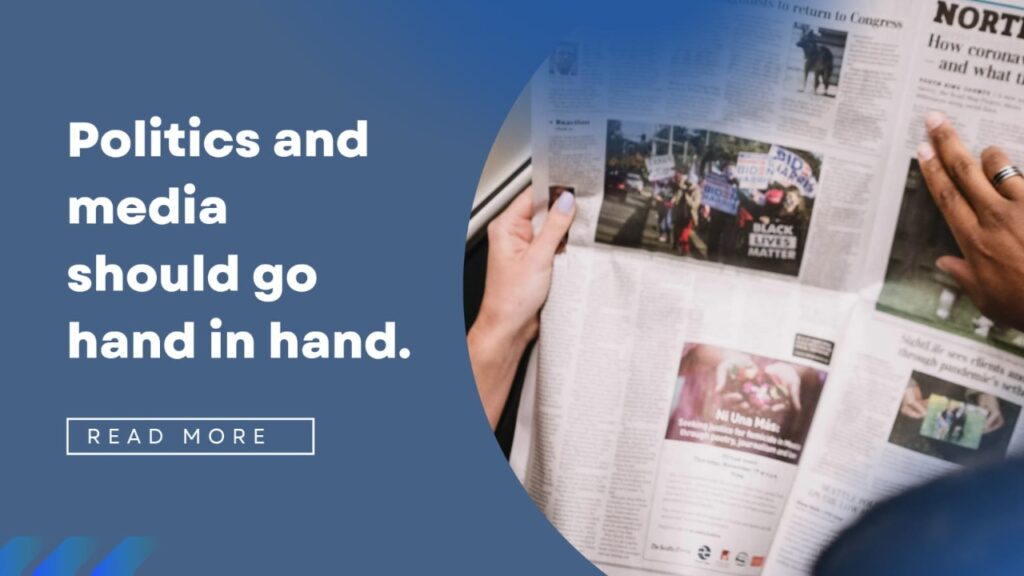If we scan the political scene, there is always an invisible thread that connects politics and the media. One can hardly survive without the other. This requires harmony between both entities. However, recent episodes show that harmony is in jeopardy. Politicians and the media are at loggerheads everywhere, some politicians have even decided on extreme measures such as a boycotting the media. Is this a solution? We believe that a hiatus would only tarnish the image of a politician and the party he represents.
History shows that a public figure’s future is inversely proportional to his or her dealings with the media. From brochures and newspapers to TV channels and new media, the platform has played a crucial role in changing the way a nation thinks. Hence the importance of politicians maintaining a healthy relationship with the media in order to survive. There is no doubt that a public servant’s primary job is to work for the betterment of society. However, in this changing age of media influx, it is imperative for a politician to try to improve their image.
How can you use the media to create a constructive image? Here comes the importance of public relations. Here are five PR tools that politicians can choose to improve their image:
- Right Attitude: A politician’s attitude has long been associated with dress. Not anymore. Good, clean clothing alone cannot help a person win voters. The opinion of the third party also plays a decisive role in the development of the career of a politician or a political party. This opinion is formed by information from the media. Therefore, it is necessary to maintain a sincere and friendly attitude towards her. In fact, using the media intelligently will help you improve your image. Because the media never tires of politics. There is always room for stories.
- Build a positive image: This is very important. If we review the current trend, political stories are mostly based on denunciations. This has to change. Focus on building positive/effective stories. Use the media to communicate development activities in constituencies instead of just sharing “ceremonial photos”. Be aware of issues reported in the media and try to solve them publicly. At the end of the day, people count. This can also be used effectively during election season. For example, if there is a new candidate, use the platform to introduce the person or highlight activities your party has done in the past.
- Boycotting is not a solution: stay media-friendly even in difficult situations. Only then can you communicate well. Don’t feel offended when a negative story comes up. Approaching the problem with dignity. Boycotting a particular outlet will not solve any problem. It will only worsen the situation. Check the current trend, it can be seen that there is a gap between the media and politicians. That should be resolved.
- Give an answer: Always give an answer. Silence leads to speculation that can ruin one’s career. Once speculation is ruled out, it is difficult to recreate the picture.
- Study your topic well: Before giving an answer, study the topic and the situation thoroughly. Make sure you’re up-to-date on various ongoing topics, especially before engaging in discussions. Think many times before you speak. This will avoid false or harmful statements.

